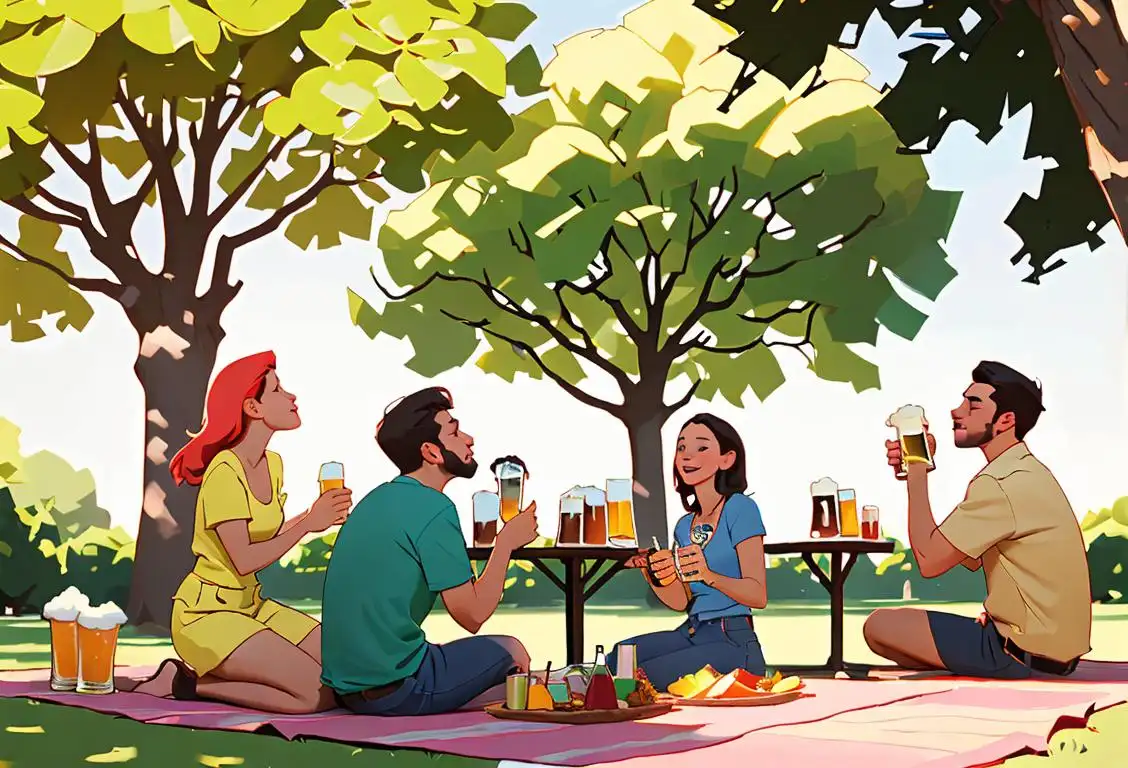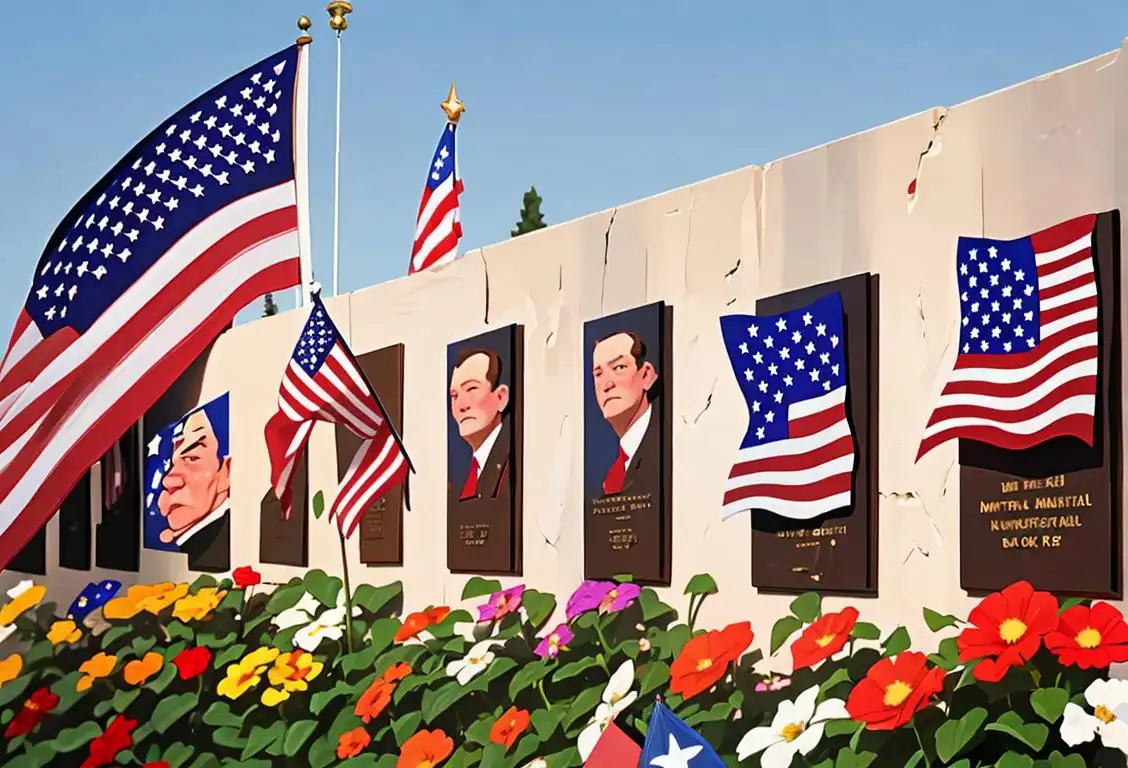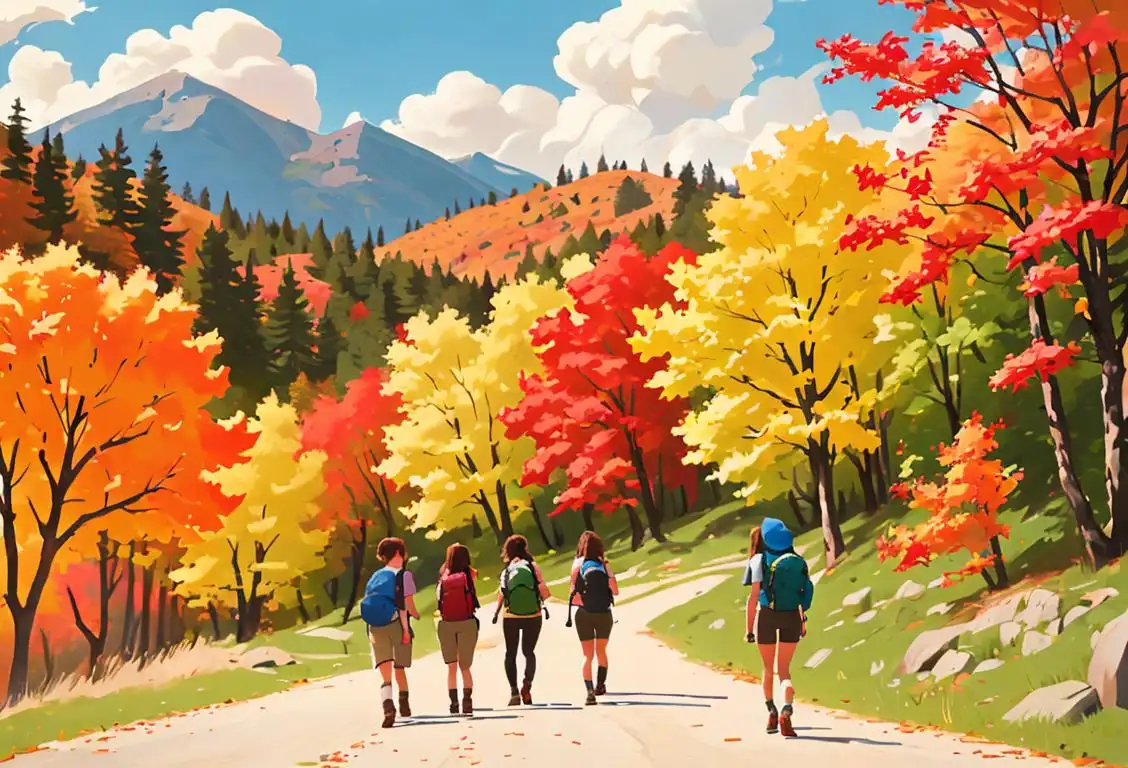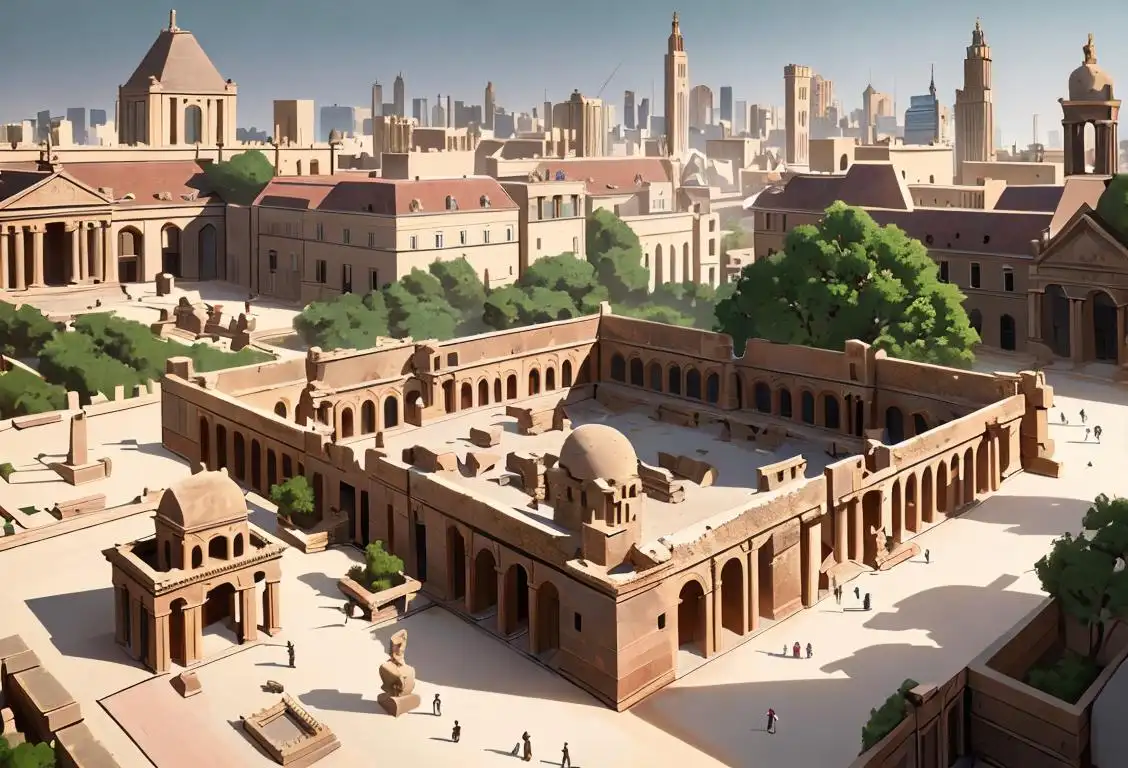National Bar Day

Hey there, party animals! Get ready to raise your glasses and celebrate because it's National Bar Day! Whether you prefer a cozy neighborhood pub or a swanky cocktail lounge, today is the perfect excuse to gather your loved ones and enjoy the delightful ambience and tasty libations offered by your favorite watering hole.
When is Bar Day?
It's national bar day on the 23rd November.
The Origins of National Bar Day
Did you know that National Bar Day actually has its roots in the internet? It all began on November 23, 2016, when social media buzz started to build around the concept of dedicating a day to honor these beloved establishments. People from all walks of life shared their favorite bar memories and raised virtual glasses in celebration. And thus, National Bar Day was born!Since then, the popularity of National Bar Day has only grown. It has become a day to recognize the important role that bars play in our communities. They serve as gathering places for friends to catch up, sports enthusiasts to cheer on their favorite teams, and even as venues for live music and entertainment.
Fun Fact: Did you know that the most mentions of National Bar Day were detected online on November 23, 2016? It seems the internet really knows how to party!
Celebrating National Bar Day
There are countless ways to celebrate National Bar Day. You can organize a bar crawl with friends, exploring different bars and sampling their unique offerings. Or you could host a themed bar party at home, complete with creative cocktails and tasty finger foods. If you're feeling adventurous, you could even try your hand at bartending and whip up some delicious concoctions for your loved ones.No matter how you choose to celebrate, the important thing is to enjoy responsibly. Always make sure to designate a sober driver or use a ride-sharing service to get home safely. National Bar Day is all about having a great time, but it's essential to prioritize your safety and the safety of others.
History behind the term 'Bar'
2000 BCE
The Earliest Recognizable Bars
The concept of a bar can be traced back to ancient civilizations, such as the Egyptians and Mesopotamians. These early establishments, known as taverns or alehouses, served as gathering places where people could socialize and enjoy alcoholic beverages. These bars usually had a basic structure, with a counter where drinks were served and an open area for patrons to congregate.
2000 BC
Ancient Beginnings
The history of the term 'bar' can be traced back to around 2000 BC, during the time of the ancient Egyptians. In this era, bars were initially known as 'taverns' and were primarily used as gathering places for locals to socialize while enjoying drinks and food. These early establishments provided a communal space for people to meet, exchange stories, and discuss their day-to-day lives.
16th Century CE
The Birth of the Term 'Bar'
The term 'bar' in the context of a drinking establishment first appeared in England during the 16th century. It originated from the Old French word 'barre,' meaning a barrier or enclosure. In these early English bars, a physical bar or barrier separated the serving area from the customer area. Patrons would lean on this bar while enjoying their drinks, which eventually led to the term 'bar' being associated with the entire establishment.
500 AD
Introduction of Alcohol
By the 5th century AD, bars had become an integral part of various cultures around the world. The term 'bar' started to evolve during this time as alcohol consumption became more prevalent. The word 'bar' began to be associated with the raised counter or barrier that separated the bartender from the customers, known as the 'bar counter.' This arrangement allowed patrons to request and consume their desired drinks.
9th Century
Medieval Alehouses
During the medieval period, specifically in the 9th century, the term 'bar' gained further significance with the emergence of alehouses. These establishments, known as 'alehouses' or 'taverns,' offered beer as their primary beverage and became popular gathering places for locals. The term 'bar' started to be associated with the wooden bar counters that displayed various beverages, signaling the place where drinks were served.
19th Century CE
Evolution of the American Saloon
During the 19th century in the United States, the institution of the bar took on a new form with the rise of the American saloon. These establishments became vibrant hubs of social activity, especially in urban areas. Saloons served as meeting places for people from all walks of life, offering drinks, entertainment, and a space for public discourse. The saloon culture became an integral part of American history, influencing art, literature, and social movements.
1920-1933 CE
Prohibition and Speakeasies
The era of Prohibition in the United States from 1920 to 1933 had a significant impact on the bar scene. With the ban on the production, sale, and distribution of alcoholic beverages, underground bars known as speakeasies emerged. These hidden establishments operated covertly, requiring passwords or secret entrances to gain access. Speakeasies became symbols of rebellion and defiance against the restrictive laws, and they contributed to the creation of an underground drinking culture.
14th Century
Pubs and Public Houses
In the 14th century, the concept of 'pubs' or 'public houses' emerged in England. Pubs became a vital part of the social fabric, providing a space for not only drinking but also socializing, sharing news, and conducting business transactions. The term 'bar' continued to evolve and took on the meaning of an establishment or area within a pub where drinks were served.
Post-World War II
Cocktail Culture and Modern Bars
After World War II, bars underwent a transformation with the rise of cocktail culture. Bartenders experimented with new drink recipes, leading to the popularity of signature cocktails and mixology. This period saw the emergence of sophisticated cocktail lounges and themed bars, each offering unique experiences to their patrons. Modern bars have become diverse and cater to various preferences, ranging from sports bars to upscale cocktail bars, reflecting the evolving social and cultural landscapes.
19th Century
Bar as an Establishment
In the 19th century, bars became more standardized and specialized in their offerings. The term 'bar' became synonymous with a distinct area within an establishment designated for serving alcoholic beverages. Bars started to have designated bartenders, often referred to as 'barkeepers' or 'bartenders,' who were responsible for crafting and serving drinks to patrons.
20th Century
Cocktail Culture and Modern Bars
The 20th century witnessed a significant rise in cocktail culture, leading to the establishment of modern bars as we know them today. Iconic bars like Harry's New York Bar in Paris and the American Bar at The Savoy in London played a pivotal role in popularizing cocktails and setting the standards for bartending excellence. The term 'bar' continued to evolve and encompass various types of establishments, ranging from neighborhood bars to upscale cocktail lounges.
Did you know?
Fun Fact: Did you know that the most mentions of National Bar Day were detected online on November 23, 2016? It seems the internet really knows how to party!Tagged
awareness fun loved ones sportsFirst identified
18th January 2016Most mentioned on
23rd November 2016Total mentions
10Other days
Suicide Prevention Month Day
Happiness Day
Drink A Beer Day
Trivia Day
Memorial Day
Take A Hike Day
Foundation Day
Cancer Survivors Day
Bobblehead Day
Bowling Day









